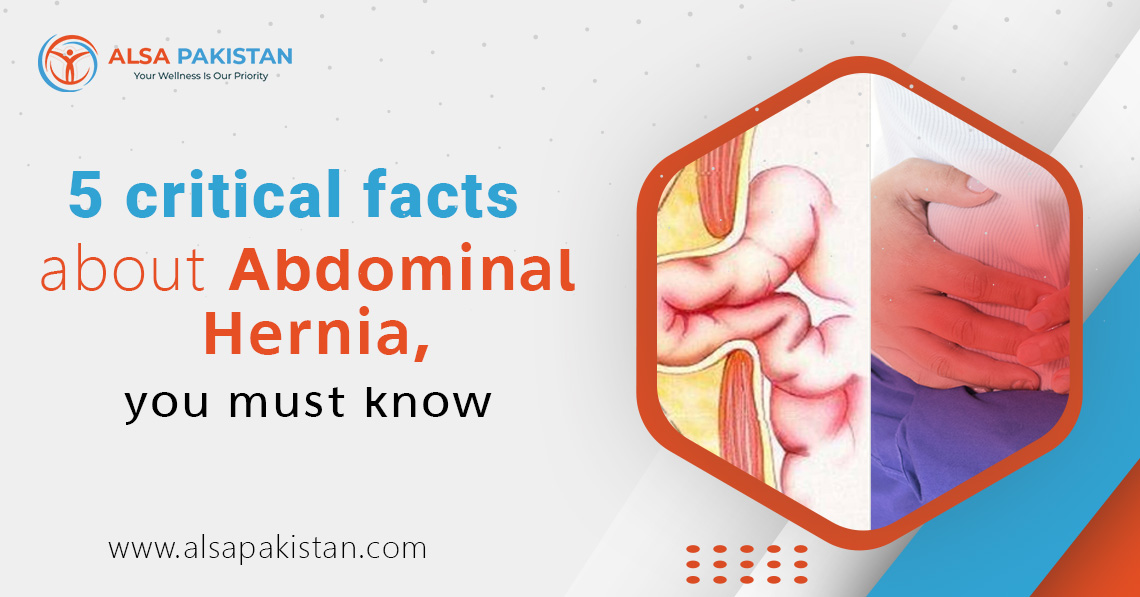
5 critical facts about abdominal hernia, you must know
If you haven’t had a hernia before or haven’t seen anyone who suffers from the condition, it might be difficult for you to recognize if you have a hernia or not. Hernia mainly refers to protruding fatty tissue or intestine through the weaker part of the connective around. The surrounding connective tissue or the muscle is fascia. A hernia is an abdominal hernia when this bulge or swelling occurs in the tummy or groin area. Here are some facts about abdominal hernia for you to learn before you go inguinal hernia repair
Late-age occurring
Hernia includes several types, such as
- femoral hernia
- incisional hernia
- umbilical hernia
- epigastric hernia
- Hiatal hernia.
The most among the hernias are the abdominal hernia. It may be due to weakness by birth. However, it may also develop in the late ages due to weakening muscles, heavy physical work, or coughing.
2. A hernia is common in men.
One of the significant facts about abdominal hernia is that it is more prevalent in men than women. The chances of a man getting a hernia are 23%, whereas it is only 3% in women. Such a significant difference among both genders is due to anatomical differences. The inguinal canal in men closes just after the birth leaving very little space for spermatic cord passage. If the canal does not close correctly, it may lead to a hernia in later stages.
2. Severe the hernia, more the complications
Hernia can be small, or it can be prominent as well. Major hernias put extensive pressure on the tissues around. Furthermore, it may also extend into the scrotum, causing swelling and pain. It may also obstruct the bowel, causing nausea, vomiting, pain, and problem.
3. Obesity and hernia
An alarming one among the facts about abdominal hernia is its relation to obesity. Obesity poses a significant risk for hernias. Not only obesity is a potential risk factor for hernia, but it causes complications in inguinal hernia repair. Hence, if a person is obese, the person is put on the weight-reduction plan before hernia repair treatment.
4. Surgery is the only treatment option.
Your physician may recommend you to wear a corset or a truss for support; however, a true promising treatment of hernia is surgery. For surgery, there are two options; open surgery and laparoscopic inguinal hernia repair. Both the surgeries have been successful in eradicating hernias. However, recovery takes more time with open surgery than laparoscopic surgery because a cut is opened near the groin. Conversely, tiny incisions are made to insert the laparoscope and perform surgery. Therefore, the patient recovers much faster.

